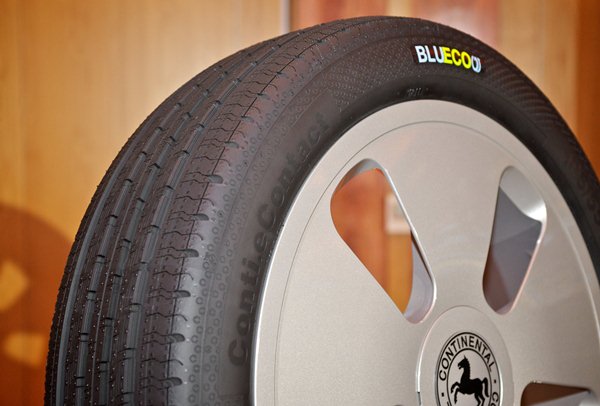Continental chief developer sees further growth in tyre development
Continental’s history in the tyre industry spans 140 years, and it is now one of the world’s leading suppliers of tyres for both the OEM and replacement markets. The company has a vast tyre R&D centre in north-west Hanover which accounts for 70% of its 1,400-strong tyre development team worldwide.
Ways of Promoting Innovation
Other sites have been established in Puchov, Slovakia; Michigan, USA; and also Kuala Lumpur, Malaysia, but those based in HQ have the benefit of a working environment deliberately crafted to promote innovative thinking amongst engineers. Built on an open concept, the offices have windows that look out to the corridors, and many of the doors in the building are open. According to chief developer Christian Koetz, “We like to make sure we tap as many potential sources of ideas as possible.”
“From informal chats at the coffee machine, creative workshops, bridge-building activities in the woods and brainstorming sessions with companies outside our sector, such as those recently held with chemicals company Henkel, right through to research groups who are paid to be innovative,” Koetz added.
Exchange of ideas are often encouraged, with a specially setup Internet-based programme used to facilitate the purpose. The company also works closely with universities, with staff often giving guest lectures, and students working with the company for their theses and dissertions. According to Koetz, these collaborations with universities are extremely important, as, “There’s nowhere to study tyre engineering, so we have to awaken interest among young people and train them ourselves.”
Latest Tyre Development Trends
According to Koetz, the customers of today demand increasingly specific requirements for tyres, which means that the old approach of having a handful of standard designs no longer work. Taking summer tyres for example, Continental used to have only three main product lines, but they have since diversified to the point where there are now four variants of Ultra-High-Performance (UHP) tyres alone. This is particularly true when servicing OEM businesses, as car makers wish for the tyres to bring out the best characteristics of their car.
“The great and exciting thing is that – in the OEM business at least – we don’t set ourselves apart from the competition using marketing or advertising, but rather through our technological expertise”, states Koetz.
“Thanks to new materials and simulation technology, ever greater advances have been made over the past few years, but the life cycles of the products have become ever shorter,” Koetz said, then adding that tyres of today tend to go out of fashion after about four years in the market.
KON
Pictures: Official Continental release.




























